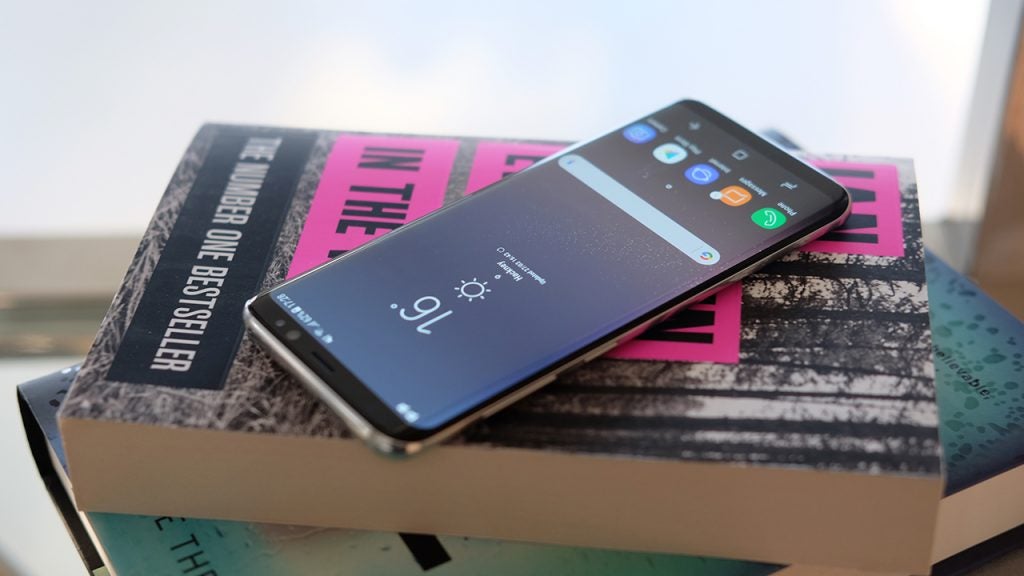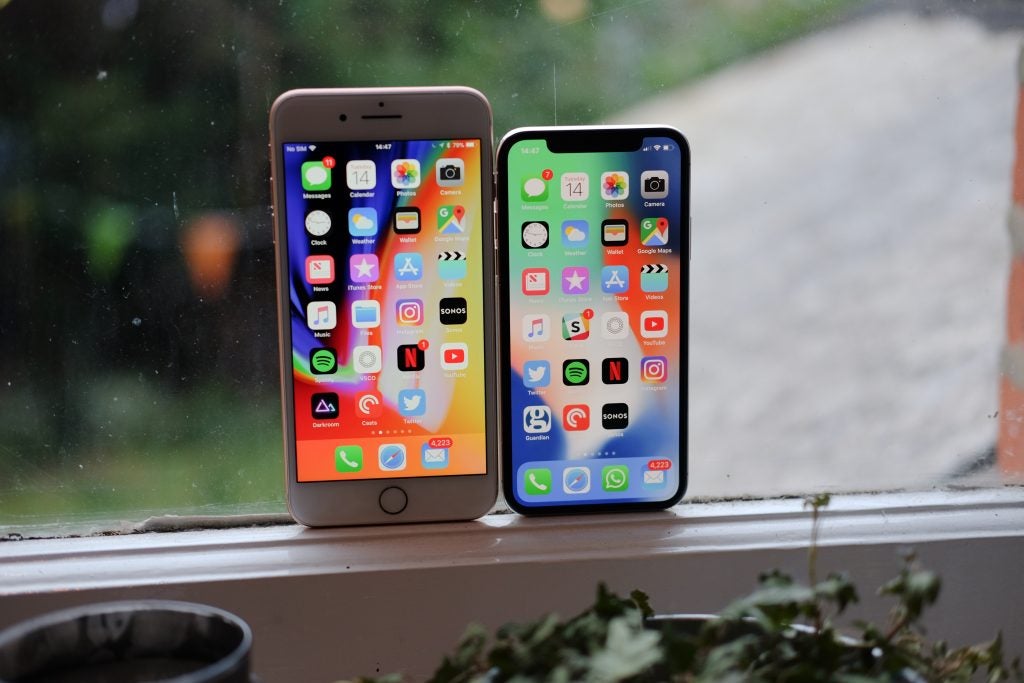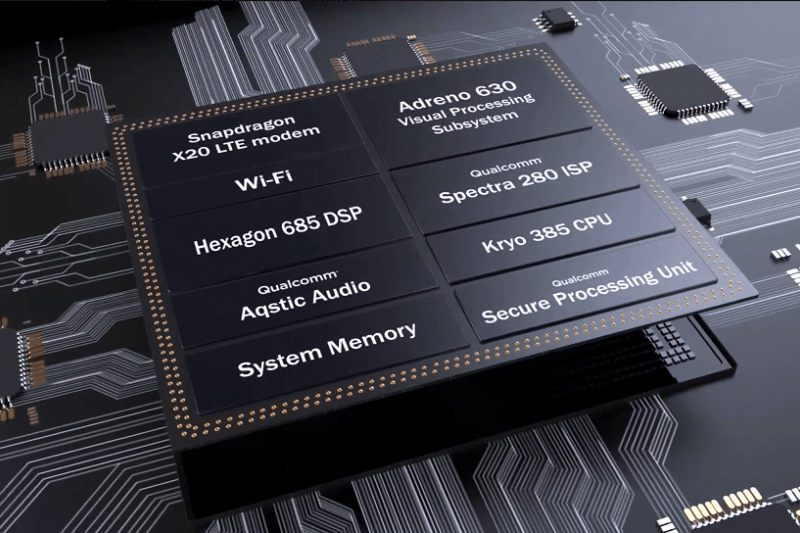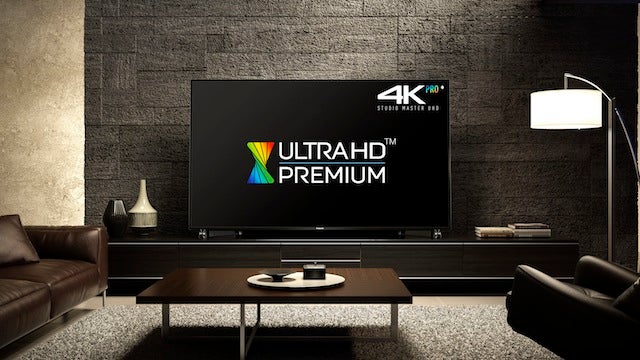Snapdragon 845 vs Snapdragon 835: How do the benchmarks compare?

Snapdragon 845: Phones, benchmarks, specs and release date
Qualcomm unveiled its next generation mobile platform late last year, but we’ve finally been able to actually benchmark the Snapdragon 845 to see how it stacks up against the previous Snapdragon 835 and the iPhone X’s A11 Bionic. Here’s everything you need to know about the Snapdragon 845, including all the Snapdragon 845 phones likely to launch this year.
Set to feature in the majority of 2018’s flagship devices, like the Samsung Galaxy S9 and Sony Xperia XZ Pro, the Snapdragon 845 boasts a number of improvements over its predecessor. There’s quicker charging through Quick Charge 4+, support for HDR video recording along with hopefully improved battery life.
But arguably the biggest upgrade will be the performance increases. Faster performance is to be expected with a new chip, but just how much faster is the Snapdragon 845 over the 835? Let’s take a look and see.
Snapdragon 845 vs 835: Which is faster?
Last year’s flagship Qualcomm Mobile Platform was the Snapdragon 835, and it was the core of phones like the Pixel 2, Sony Xperia XZ Premium and OnePlus 5T.
In the Geekbench 4 benchmarking test – this is the main benchmarking app we use, testing a phone’s memory and CPU – an 835 device would expect to receive a score of about 6000-6500 in the multi-core test. The Pixel 2 scored 6312, the Xperia XZ1 6426 and the OnePlus 5T 6569, for example.
As there are no actual devices running the 845 just yet – expect these at MWC 2018 – we’ve used a phone built by Qualcomm to get our results. When using the Geekbench 4 test on this 845 device we picked up scores of between 8395 and 8424 in the multi-core test. That’s a big improvement, but it’ll be interesting to see what the real world performance is like.
In the single-core Geekbench 4 test, our pre-production Qualcomm device running the 845 platform scored 2472, again that’s a boost over the 1917 scored by the Pixel 2.
Related: Best Android phones

Credit: Max Parker – Trusted Reviews
Another test we tend to use in our reviews is the Antutu benchmark. Like Geekbench 4, this tests the phones memory and CPU but it also looks at the graphics performance. The 845 test device picked up a score of 267,476 in Antutu 7.0.4, which is an improved improvement over the 835. The Pixel 2 scored 203,823 while the Samsung Galaxy Note 8 (with an Exynos 8895) picked up 201,783
We also ran some other tests on the Snapdragon 845 test device, including a number of graphics focussed benchmarks. As you can probably guess, the 845 outperformed the 835 in each one. See the results below for the full set of scores and how it compares to the Pixel 2 and Samsung Galaxy S8 (with an Exynos processor).
GFXBench (Car Chase, Manhattan, Manhattan 3.1, T-Rex)
Car Chase: 845 – 22fps | Pixel 2 13fps | Galaxy S8 21fps
Manhattan 3.1: 845 – 39fps | Pixel 2 20fps | Galaxy S8 40fps
Manhattan: 845 – 54fps | Galaxy S8 54fps | Pixel 2 35fps
T-Rex: 845 – 60fps | Galaxy S8 60fps | Pixel 2 60fps
Snapdragon 845 vs A11 Bionic (iPhone X, iPhone 8 and 8 Plus)
Comparing Geekbench 4 results from an Android device and one running iOS is of little use scientifically, but it’s still interesting to see how they both fare. In our reviews we have found iOS consistently scores higher than Android, and in our opinion new iOS devices do perform better than Android versions.
In Geekbench 4 running on an iPhone X we scored 4257 in the single-core test and 10364 in the multi-core. That’s compared to the 8424 and 2472 we scored in GB4 on the Snapdragon 845.
We’ll have to see just how well the 845 compares to the A11 Bionic in real-world use when we get a final device in our hands.
Related: iPhone X vs iPhone 8

Snapdragon 845 Phones: Which flagships are getting the Snapdragon 845?
As we’ve said, the Snapdragon 845 is likely to feature in the majority of 2018 Android flagships, starting with the Galaxy S9, which is due to launch at MWC 2018.
Like last year, we expect the S9 to have exclusive rights to the 845 for a little while – it’s why other big flagships, like the LG G7, are going to be absent from the show.
However, the Snapdragon 845 will trickle down to other manufacturers, with the top-end of Sony’s 2018 Xperia phones also likely to feature the new SoC later in the year, along with the likes of the Huawei P20, HTC U12 and, come autumn, the Galaxy Note 9.
What is the Snapdragon 845 Mobile Platform?
The Snapdragon 845 isn’t just a single chip, instead it’s a platform featuring a number of different components.
There’s the Adreno 630 GPU, Hexagon 685 DSP, an X20 LTE modem, a Kryo 385 CPU plus a Secure Processing Unit.
The Adreno 630 offers 30% faster graphics and 30% greater power-efficiency, plus there’s support for all the latest Vulkan APIs.There should also be a 20% boost to CPU power, too.
Related: Best smartphones

Snapdragon 845 Specs and Features: What’s new?
During our time benchmarking the Snapdragon 845 we were repeatedly told that there is more to this than just performance increases and in many ways benchmark scores tell a very small part of the overall story. So what else is new here?
Snapdragon 845 Mobile VR reference design unveiled
Ahead of Mobile World Congress, Qualcomm revealed that it had released a Snapdragon 845 Mobile VR reference design. The sample headset will be used by the company’s OEM partners as the basis for upgraded HMDs based on the new-gen SoC – a taste of what’s next in the world of mobile VR, in other words.
Broadcast Audio comes to the Snapdragon 845
Another very recent announcement saw Qualcomm confirm that phones featuring the Snapdragon 845 will be capable of streaming audio to multiple devices, thanks to the addition of the firm’s Broadcast Audio technology. This is a small but significant bit of news, as it means that this year’s crop of premium Snapdragon 845 handsets will ship ready for one-to-many Bluetooth streaming – and software updates for a number of its other SoCs mean select older devices will also get these capabilities.
Improved camera with single-sensor bokeh
Qualcomm spent a lot of the time during the announcement of the Snapdragon 845 talking up how it’s going to improve the photos taken by smartphones that use it.
The 845 supports single-sensor bokeh – just like the Google Pixel 2 and 2 XL – giving you that shallow depth of field effect without needing two sensors on the back of the phone. We’ve already seen how well the Pixel 2 emulates the bokeh effect, so it’ll be interesting to see how well Qualcomm’s Spectra 280 ISP handles it.
Qualcomm also claimed that it hopes to power phones in 2018 that’ll break 100 point barrier in the DxOMark camera benchmarks.
Ultra HD Premium recording with 10-bit colour and HDR
Another big upgrade for the camera is full support for video recording at the Ultra HD Premium level – this means you’ll be able to capture high dynamic range (HDR), 4K footage at 60fps with 10-bit colour.

This wider colour depth and gamut will add much more lifelike colours to your videos and the demos we were shown on stage certainly seemed to show this. The Rec 20.20 colour gamut is supported, as is slow-motion capture at 480fps in 720p.
Better security for your biometrics and support for Face Unlock
Apple ditched the fingerprint scanner completely with the iPhone X and while Qualcomm clearly isn’t seeing this as the future for everyone yet, it’s still adding support for face unlock with the 845.
There’s also much improved security for all your biometrics – fingerprint, voice and iris – with a secure processing unit that’ll house all your data.
Improved connectivity options
Inside the Snapdragon 845 is the new X20 LTE modem – this is the second-generation gigabit LTE modem from Qualcomm with a 20% increase in peak and real world performance.
There’s support for dual VoLTE sims in a single phone and Qualcomm has added some proprietary elements to Bluetooth 5 that’ll be able to send content to multiple devices. This should help battery life on truly-wireless earbuds, as it’ll be able to send the music to both earbuds rather than to a single one.
Better battery life life and quicker charging
During the presentation Qualcomm said that the number one feature people want in their phones is good battery life. So, with the Snapdragon 845, it’s making some improvements to help endurance.
It didn’t go into too much detail regarding the improvements, but it did claim the following:
- Continuous UHD 4K capture video for 4+ hours
- 3+ hours of continuous VR gameplay
- 2+ days of Ultra HD Voice
There was also the aforementioned Quick Charge 4, which was originally launched with the Snapdragon 835 last year. There hasn’t been much adoption of QC 4 yet, Razer Phone aside, but hopefully that’ll change in 2018. Qualcomm said you’ll be able to go from 0-50% with just a 15 minute charge and it’s a compatible superset of USB-C PD (power delivery) so you can use a supported charger to charge all your USB-C devices.
Snapdragon 845 Release Date: When did the Snapdragon 845 get revealed?
Qualcomm officially unveiled the Snapdragon 845 in December 2017, when Trusted Reviews joined the semiconductor giant in Hawaii for its annual Snapdragon Tech Summit.
We subsequently ventured to its San Diego, California headquarters to benchmark the 845 in February 2018, while the first Snapdragon 845 phones will break cover at MWC 2018 in Barcelona.
Are you excited about the Snapdragon 845 and phones that’ll use it? Tweet us @trustedreviews with your thoughts.


